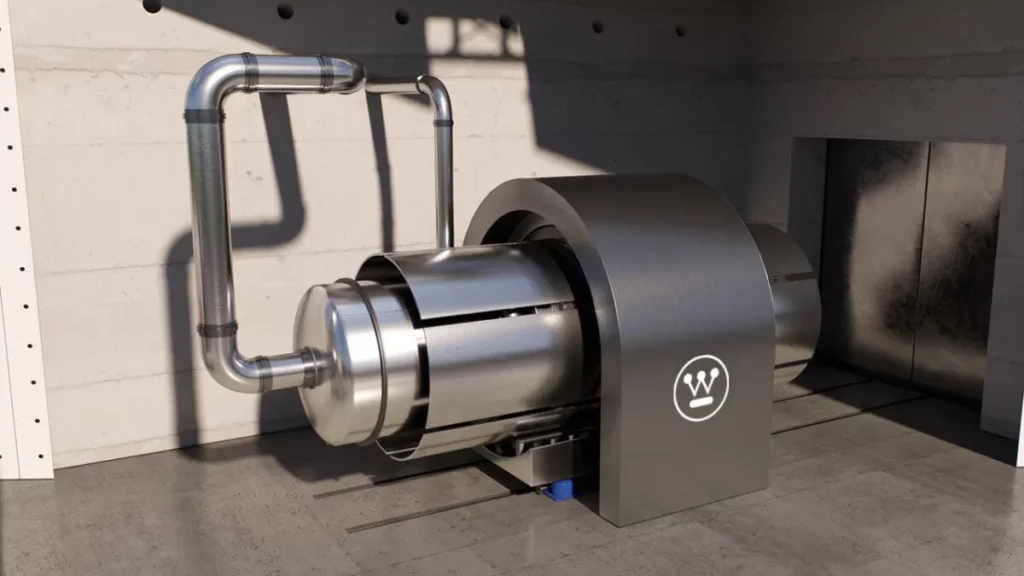
The United States is venturing into uncharted territory by testing miniature nuclear reactors that can be easily transported and installed anywhere around the globe. This innovative approach has been met with immense enthusiasm, as it could potentially provide a reliable source of energy for remote areas.
In a groundbreaking announcement, the Department of Energy (DOE) revealed that it has reached an agreement with private companies Westinghouse and Radiant to conduct the first-ever microreactor tests at its Demonstration on Microreactor Experiment (DOME) facility located at Idaho National Laboratory. The experiments will feature two trailer-sized microreactors, eVinci and Kaleidos, which are designed to produce a paltry 5 megawatts and 1.2 megawatts of power respectively.
It’s essential to note that these microreactors fall under the DOE’s definition as small reactors that generate between 1 and 50 megawatts of power – a significant departure from traditional nuclear reactors capable of producing an astonishing 833 times more power. However, this diminutive size has its advantages. The miniaturized reactors are easily transportable via train, truck, or plane, making them suitable for situations where a traditional reactor would be impractical.
These microreactors could provide a sustainable and efficient means of generating electricity in areas that have previously relied on less reliable sources, such as diesel generators. According to Mike Goff, the Acting Assistant Secretary for Nuclear Energy, “Microreactors will play a significant role in expanding nuclear power in the United States.”
Source: gizmodo.com


